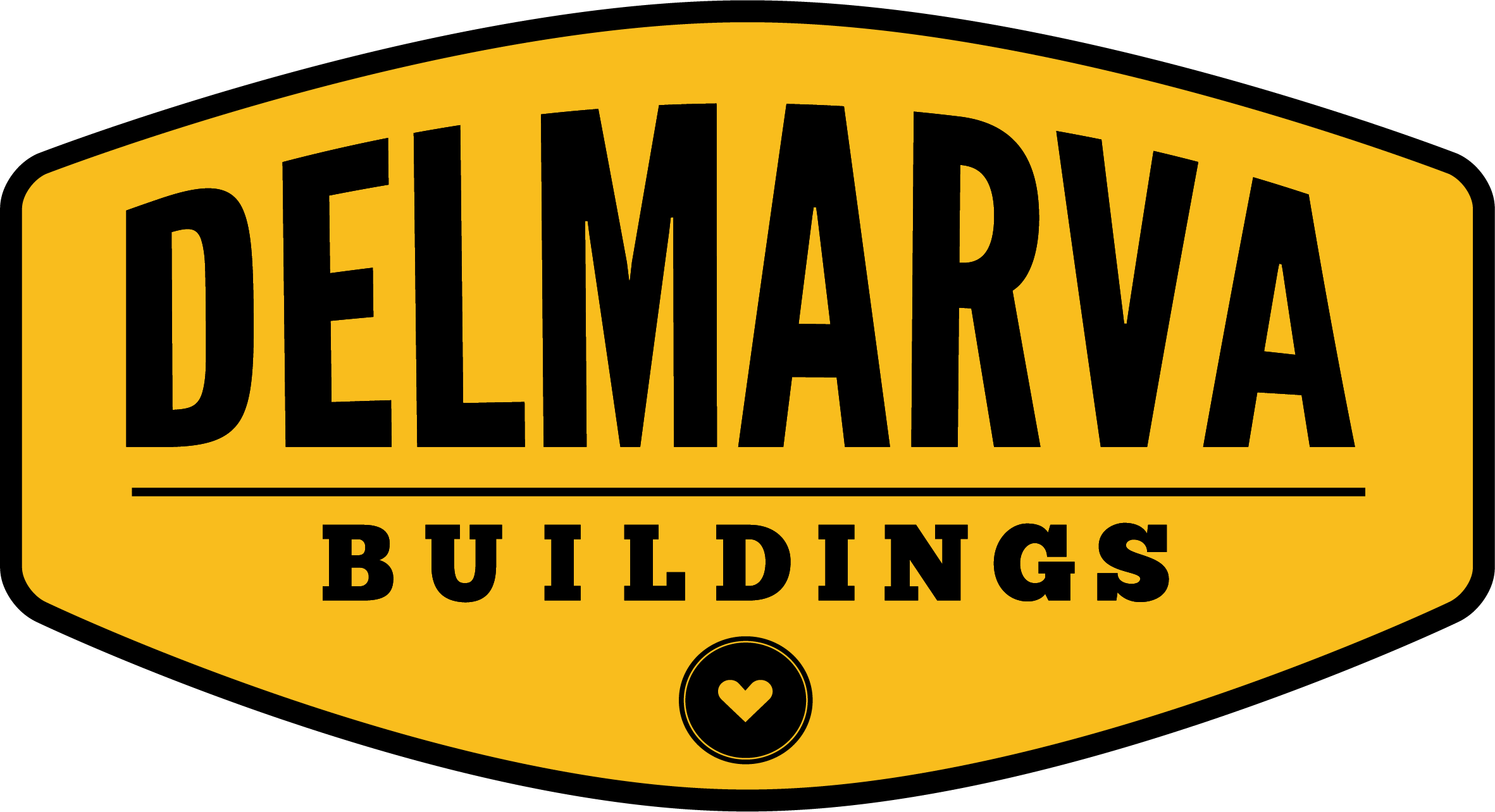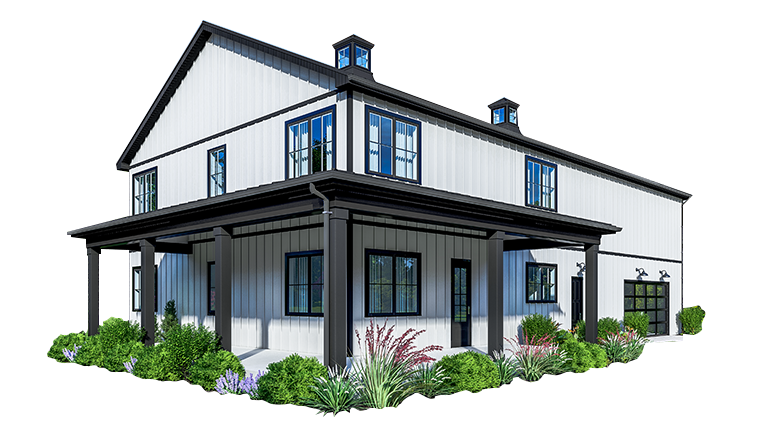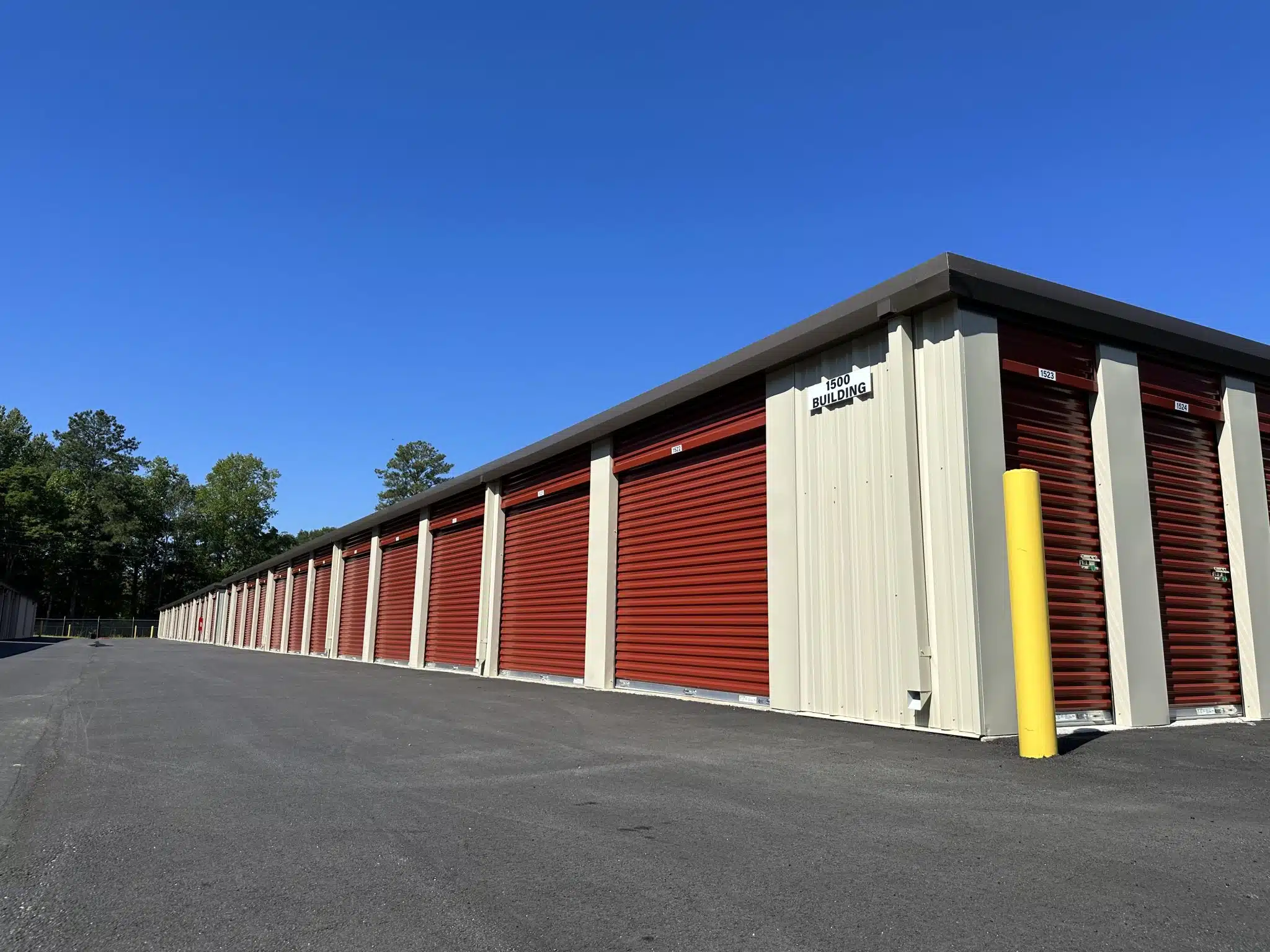Are you considering building a two-story pole building home? Pole buildings, also known as post-frame construction, have gained popularity for their versatility and cost-effectiveness. Whether you’re planning a pole building house or a multi-purpose structure, understanding the unique challenges and solutions in designing a two-story pole building is crucial. In this article, we’ll explore the structural considerations and innovative solutions that make two-story pole buildings both safe and efficient.
The Rise of Two-Story Pole Building Homes
Pole building homes have become increasingly popular due to their affordability and flexibility in design. A two-story pole building offers even more living space and architectural possibilities. The ability to create a spacious home without expanding the building’s footprint makes two-story pole buildings an attractive option for many homeowners and builders.
Key Advantages of Two-Story Pole Buildings
Two-story pole buildings offer several advantages over traditional construction methods. These include increased living space without expanding the footprint, cost-effective construction compared to traditional methods, flexibility in interior layout and design, and the potential for creative architectural features. These benefits make pole building homes an excellent choice for those seeking both functionality and aesthetics in their new home.
Structural Challenges in Two-Story Pole Building Design
When designing a two-story pole building house, engineers and architects face several unique challenges. Let’s dive into the main structural considerations:
- Load Distribution in Pole Building Homes
In a two-story pole building, the vertical loads from the upper story must be adequately supported by the poles and foundation. This includes dead loads (the weight of the building materials), live loads (dynamic loads from occupants, furniture, and equipment), and snow loads (in regions with heavy snowfall). Ensuring proper load distribution is crucial for the structural integrity of the pole building house.
- Lateral Stability in Two-Story Pole Buildings
Pole buildings are particularly susceptible to lateral forces from wind or seismic activity. The taller structure of a two-story pole building amplifies this challenge, making lateral stability a critical concern. Without proper design, these forces could compromise the safety and longevity of the pole building home.
- Shear Resistance in Pole Building Construction
The shear walls in a two-story pole building must be designed to manage lateral loads effectively. Shear resistance is essential to prevent structural deformation or failure under stress. In pole building homes, this challenge is particularly important due to the unique construction method and the potential for greater wind exposure.
- Foundation Considerations for Two-Story Pole Buildings
The foundation is a critical component of any pole building house, especially when designing a two-story structure. Poor soil conditions or the presence of a ledge may require special considerations. Ensuring a stable foundation is crucial for supporting the increased loads of a two-story pole building.
Innovative Solutions for Two-Story Pole Building Challenges
Now that we’ve identified the key challenges, let’s explore the innovative solutions that make two-story pole buildings feasible and safe:
- Solutions for Enhanced Load Distribution
To address load distribution challenges in pole building homes, designers employ several effective strategies. One popular approach is the propped cantilever design, which allows poles to act as cantilevers supported at one end. This technique distributes loads more effectively across the structure, enhancing the overall stability of the pole building house. Another solution involves increasing the pole count.
By adding more poles, the load on each individual pole is reduced, further improving the stability and load-bearing capacity of the two-story pole building.
- Improving Lateral Stability
Enhancing lateral stability in two-story pole buildings is crucial for their long-term structural integrity. One effective method is utilizing diaphragm action. This involves using metal deck sheathing on both the roof and walls, creating a diaphragm effect that helps resist lateral loads effectively. The metal decking works in unison with the building’s frame to distribute forces evenly.
Another valuable technique is the implementation of shear walls and bracing. By incorporating additional bracing techniques, such as cross bracing with rods or cables, or using knee braces, builders can significantly improve the lateral stability of a pole building house. These elements work together to create a rigid structure capable of withstanding strong winds and seismic activities.
- Enhancing Shear Resistance
Improving shear resistance is essential in pole building homes to prevent structural deformation under stress. One effective solution is the use of OSB sheathing. Adding oriented strand board (OSB) sheathing to the walls enhances shear wall performance, allowing for better transfer of shear forces through the structure. The OSB panels, when properly fastened, create a strong and resilient shear wall system.
Another innovative approach is the incorporation of wood moment frames. These frames provide additional resistance to lateral forces, especially in areas where adding more columns is not feasible. Wood moment frames utilize the natural strength and flexibility of timber to absorb and distribute shear forces, contributing to the overall stability of the two-story pole building.
- Advanced Foundation Solutions
In cases where soil conditions are challenging, deeper foundations may be necessary to ensure adequate support for both stories of the pole building. There are several advanced foundation solutions that can be employed in such situations. Pile foundations offer deep support by transferring loads to more stable soil layers or bedrock.
Pier foundations can be used to create stable support points at regular intervals, distributing the building’s weight effectively. Helical piers are another option, providing a screw-like anchoring system that can be installed with minimal site disturbance. These advanced foundation techniques ensure that your two-story pole building has a solid and stable base, regardless of the underlying soil conditions.





